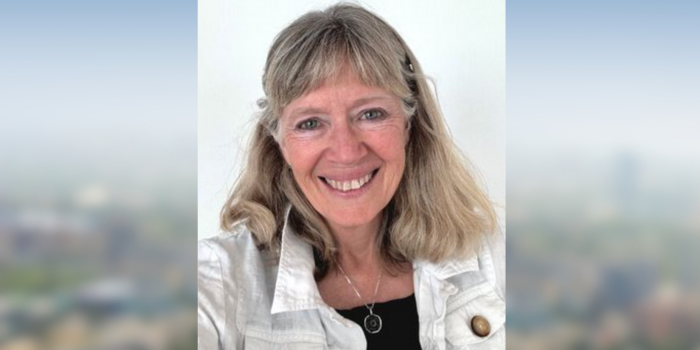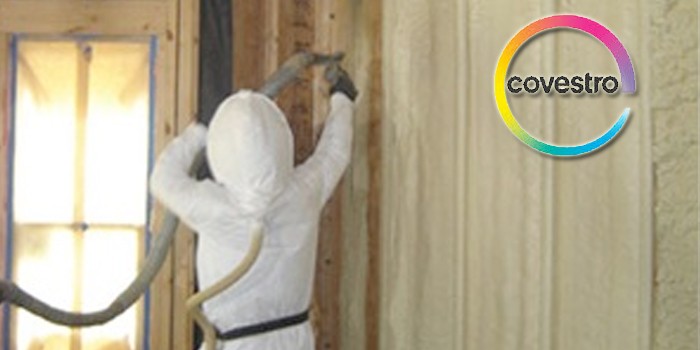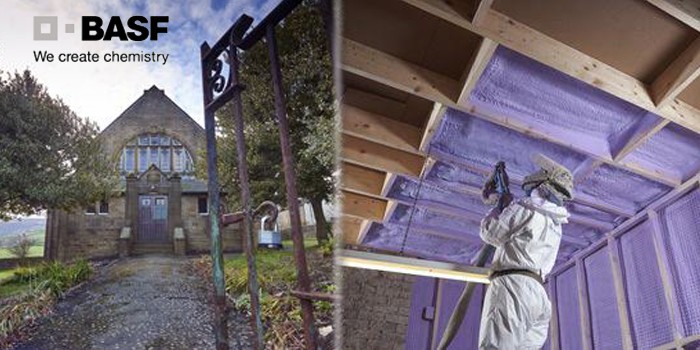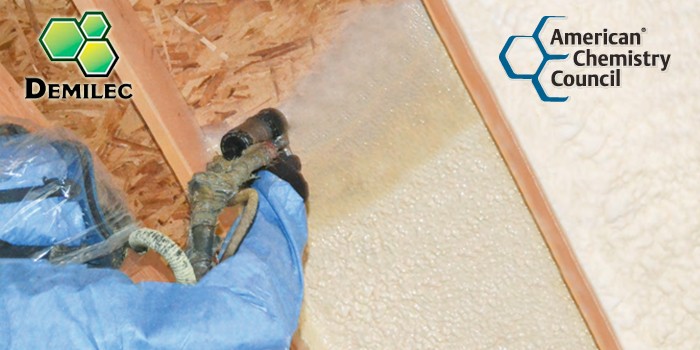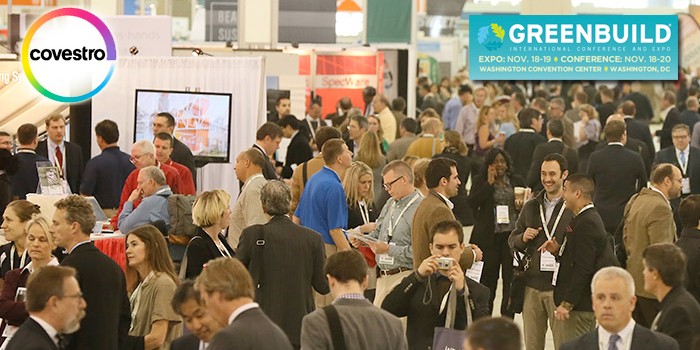ASHRAE To Hold 'Breaking News' Standards Update At 2013 Winter Conference
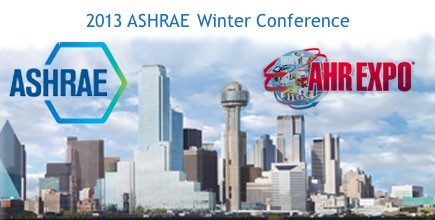
ATLANTA, GA–November 20, 2012–Attendees at ASHRAE's 2013 Winter Conference will be the first to learn about the latest goings-on related to Society standards as part of the technical program.
The 2013 Winter Conference, www.ashrae.org/dallas, takes place Jan. 26-30 at the Sheraton Dallas. The International Air-Conditioning, Heating, Refrigerating Expo® (AHR Expo),www.ahrexpo.com, held in conjunction with the Winter Conference, runs Jan. 28-30 at the Dallas Convention Center.
The technical program features more than 200 sessions and offers the opportunity to earn a year's worth of PDHs, NY PDHs, AIA LUs and LEED AP credits and runs Jan. 27-30.
Among the sessions is a seminar, "Conference Breaking News on Standards 90.1, 62.1 and 189.1," 2:30 – 4 p.m. Monday, Jan. 28. Updates on the activities of the committees overseeing Standards 90.1 (ANSI/ASHRAE/IES Standard 90.1-2010, Energy Standard for Buildings Except Low-Rise Residential Buildings), 62.1 (ANSI/ASHRAE Standard 62.1-2010, Ventilation for Acceptable Indoor Air Quality) and 189.1 (ANSI/ASHRAE/USGBC/IES Standard 189.1-2011, Standard for the Design of High-Performance, Green Buildings Except Low-Rise Residential Buildings) will be shared by the committee chairs.
"The track deals with two well known and pervasive standards in our industry," Jon Cohen, who is chairing the track, said. "The third is a newer standard that has seen instant recognition and popularity, especially in light of our industry trend toward sustainability and net zero buildings. The fourth presentation goes hand in hand with the three standards. There are always advantages and disadvantages to achieving efficiency. Sometimes they must be weighed against each other. No matter what the decision, understanding consequences is important in design."
Wade Conlan, a member of ASHRAE's Conference and Exposition Committee who serves as technical chair for the Conference, said the goal in scheduling the program was two-fold.
"We wanted to provide a 'breaking news' program for the attendees as the presenters are talking about the latest and greatest changes/updates to the standards in a single program," he said. "We also wanted to provide something that attendees can take back to their employers that will be as current as if you were on the committees."
Presentations and speakers are:
- Advantages and Disadvantage of Alternative Formats to Achieve More Efficient Energy Codes for Commercial Buildings (DA-13-C017), Michael Rosenberg, Pacific Northwest National Laboratory, Richland, Wash.
- Standard 90.1, Stephen Skalko, P.E., Portland Cement Association, Macon, Ga.
- Standard 189.1, Dennis Stanke, Trane, La Crosse, Wis.
- Standard 62.1, Roger Hedrick, Architectural Energy Corp., Boulder, Colo.
The session is part of an overall track dedicated to standards, guidelines and codes.
"The track highlights an extremely important aspect of ASHRAE, the development of standards," Cohen said. "The track is not exclusive to ASHRAE standards, as other industry standards are important to our membership, but ASHRAE standards are an important and highly publicized portion of the Society."
Other sessions in the track are:
Forum: "Energy Monitoring of Systems and Equipment in ASHRAE Standards 90.1 and 189.1: How Far Should Building Codes Go?" 9:45-10:45 a.m., Jan. 28. Standard 189.1-2011 includes mandatory requirements for measurement devices with remote communication capability for energy sources above specified thresholds. Starting in 2013, Standard 90.1 will also require submetering of specific equipment or systems, but its provisions are based on different criteria and thresholds. This forum seeks input on issues related to energy consumption management in ASHRAE standards.
Seminar: "How Federal and State Energy Policy Impact ASHRAE Members," 2:30-4:30 p.m., Jan. 28, examines how federal and state government energy policy impacts ASHRAE and its members' work on a day-to-day basis and the ways in which members may participate more fully in the crafting of laws and regulations guiding the HVAC&R field.
Presentations and speakers are:
- Federal Energy Efficiency Policy, Kathleen Hogan, Ph.D., Office of Energy Efficiency & Renewable Energy, U.S. Department of Energy, Washington, D.C.
- State and Local Energy Efficiency Policy, Kateri Callahan, Alliance to Save Energy, Washington, D.C.
- History, Current Status, and Possible Future of Standard 90.1, Stephen V. Skalko, P.E., Portland Cement Association, Macon, Ga.
Forum: "Specifying BAS Networks and Integration: Ensure that Guideline 13 Provides the Guidance You Need!," 9:45-10:45 a.m., Tuesday, Jan. 29. Guideline 13, Specifying Direct Digital Control Systems, provides recommendations for specifying building automation systems, as well as recommendations for specifying integration of other building systems into a building automation system. Since this Guideline was originally published, the landscape of networks and integration has changed significantly as existing technologies and architectures have matured and additional system architectures have emerged. The committee updating Guideline 13 is seeking to provide better and more current guidance for specifying BAS network infrastructure and integration.
Seminar: "Energy Benchmarks: Setting Standards or Feeding Fantasies?" 11 a.m.-12:30 p.m., Jan. 29. This seminar presents aspects of energy benchmarks that reflect their evolution, their perception, their fiscal value and their application in the fairly mature, and increasingly congested, European market.
Presentations and speakers are:
- Energy Benchmarks: Mirage or Reality? Hywel Davies, Ph.D., Chartered Institution of Building Services Engineers, London, England
- Financial Advantages of Benchmarked Buildings and MEP Systems, David Arnold, Ph.D., London South Bank University, London, United Kingdom
- Benchmarking: Gaming or Winning?, David Fisk, Ph.D., Imperial College London, London, United Kingdom
Seminar: "Building Labeling in Europe: European Standardization to Meet the Energy Performance Directive," 1:30-3 p.m., Jan. 29. In the United States, Leadership in Energy and Environmental Design (LEED), ENERGY STAR and ASHRAE's Building Energy Quotient (bEQ) are being used to label building energy performance. In the European Union, countries follow the Energy Performance of Buildings Directive (EPBD). The session reviews the European initiatives to evaluate building energy performance and to couple energy use with environmental quality.
Presentations and speakers are:
- EU Mandate to Develop the Second Generation Energy Performance Standards, Jaap Hogeling, ISSO, Lienden, Netherlands
- Nearly Zero Energy Buildings Definitions and System Boundaries: The REHVA View, Jarek Kurnitski, Dr.Ing., Finnish Innovation Fund Sitra, Helsinki, Finland
- Revision of EN15251: Indoor Environmental Criteria Bjarne W. Olesen, International Center for Indoor Environment and Energy, Technical University of Denmark, Lyngby, Denmark
Seminar: "Modeling SEER Rated Equipment," 9:45-10:45 a.m., Jan. 30. The Performance Rating Method of Standard requires the modeling of seasonal energy efficiency ratio (SEER) rated equipment in various baseline systems types. This can create issues if your modeling software does not accept SEER as an explicit input. What is SEER and how is it defined? Is there a conversion between SEER and energy efficiency ratio (EER)? The presentation and speaker is Modeling Part-Load Performance for SEER Rated Equipment, Duncan Synan McClellan, P.E., Clark Nexsen, Norfolk, VA
Seminar: "ASHRAE Position on Limiting Indoor Mold and Dampness in Buildings, Unvented Combustion Devices and Indoor Air Quality: Review of Three Recently Published ASHRAE Position Documents," 11 a.m.-12:30 p.m., Wednesday, Jan. 30. The seminar reviews three recently published Position Documents from ASHRAE on indoor mold and dampness in buildings, unvented combustion devices and indoor air quality.
Presentations and speakers are:
- The Revised ASHRAE Position Document on Limiting Indoor Mold and Dampness in Buildings, Lew Harriman, Mason Grant, Portsmouth, N.H.
- ASHRAE Position Document on Unvented Combustion Devices, Paul W. Francisco, University of Illinois, Champaign, Ill.
- ASHRAE Position Document On Indoor Air Quality, Chandra Sekhar, National University of Singapore
About ASHRAE: ASHRAE, founded in 1894, is a building technology society with more than 50,000 members worldwide. The Society and its members focus on building systems, energy efficiency, indoor air quality, refrigeration and sustainability within the industry. Through research, standards writing, publishing and continuing education, ASHRAE shapes tomorrow's built environment today.
Disqus website name not provided.




